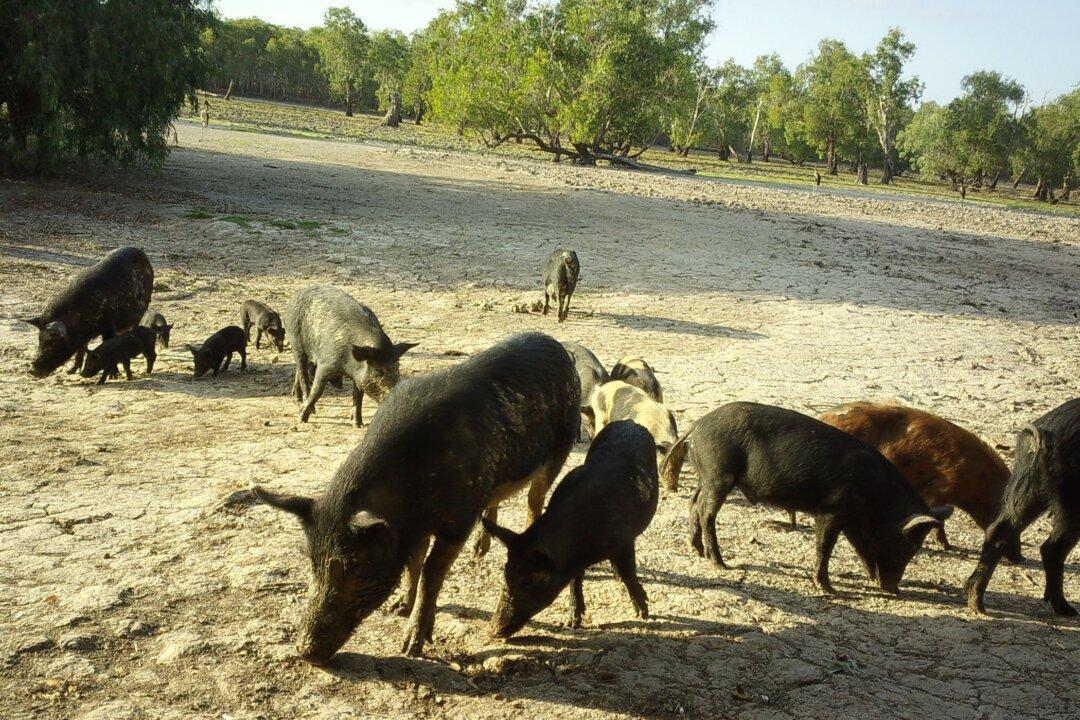Kakadu National Park’s rangers have shot 6,000 pigs as aerial shooting operations resume for the first time in three years.
The most effective method of controlling feral pig numbers in Australia’s top end has not been used since 2019 due to a culling accident that seriously injured two park rangers.





